Introduction to Crassula Plants
Welcome to the fascinating world of Crassulas! If you’re a newcomer or a seasoned succulent lover, the charm of these plants is inescapable. Commonly nestled on windowsills and office desks, Crassula species have shot to popularity for both their ease of care and their stunning diversity. But here comes the burning question—can these beauties brave the great outdoors?
Imagine a scene of sturdy little Crassulas dotting rocky landscapes, bathed in the sun’s embrace. This does happen in their native habitats! Yet, as they’ve become our cherished green companions, navigating their needs has turned into a lovely puzzle for many plant enthusiasts. While some argue that Crassula plants are best kept under the controlled conditions inside, others have dared to let them face the elements. Each plant tells a story of resilience and adaptation, so let’s explore this genus in detail.
Here’s a snapshot of Crassula Capitella, just to show you the spellbinding variety they offer. And trust me, this is just one of many characters in the Crassula cast. 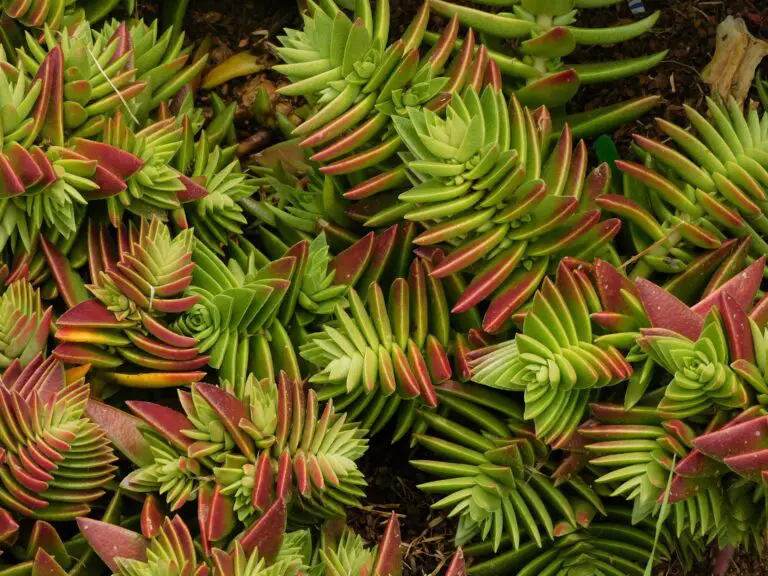
And for those with a thirst for succulent wisdom, our guide to Crassula Jade Care dives into the nitty-gritty of keeping your Crassula thriving—whether indoors or out. There’s always more to learn about these adaptable plants, and each discovery leads to a deeper appreciation of their hardiness and beauty. Ready to unearth the truth behind Crassula care? Keep reading!
Understanding the Crassula’s Natural Habitat
Ever wondered if your elegant Crassula, commonly known as the Jade Plant, can soak up the sun and breeze in your outdoor garden just like it does on your windowsill? Well, let’s take a delightful journey back to where it all began for these succulent beauties. Crassulas originate from the wide-open spaces of South Africa, having adapted to a life where rainfall is more of a cameo appearance than a regular cast member. Picture this: open rocky outcrops where the soil beneath their roots drains faster than a rush-hour subway.
It’s this ‘desert deluxe’ vibe that gives Crassulas their world-famous resilience, making them perfect contenders for gardeners who appreciate the ‘low maintenance, high appeal’ approach. Now, I’m not saying your backyard needs to mimic the African savannah but understanding this can help you re-create mini eco-havens outdoors that have your Crassula tipping its leaves in sheer gratitude. Check out some soil tips that borrow a page from their ancestral diary.
The Climate Connection
So what’s the barometer reading for a thriving outdoor Crassula? In essence, your local weather station has the answer. If you’re chilling in a place where thermometers show mild to warm autumns and no frost in sight, you might just be holding a golden ticket. But if old man winter invites snow over, it’s best to keep your green friend indoors when the season turns chilly.
For instance, gardeners in Mediterranean climates are often seen doing a happy dance as their Crassulas bask outside all year, with only the occasional ‘could I get a little water here?’ request. Of course, ‘a little’ is a keyword because like that one guest at a party who sticks to their soda, Crassulas aren’t too keen on overindulgence.
While adjusting to your neck of the woods, if you’re looking for more expert insight on ensuring your Crassula doesn’t just survive — but thrives — have a look at our guide for Crassula care across different environments. Knowledge is power, and in this case, it’s the power for blossoming success!
Remember, these succulents enjoy the spotlight, soaking in those solar rays like sunbathers at the beach. Therefore, ensuring they get their daily dose of Vitamin D is vital when they’re living al fresco.
Now, since we’re embracing their homeland comforts, take a gander at this illuminating showcase that dives deep into the natural habitat of the Crassula. It’ll stitch together the visual tapestry of our leafy friends’ origins and round off your understanding of their world beautifully.
Armed with this knowledge of the Crassula’s ancestral climate and conditions, you’re now equipped to answer the burning question: ‘Can a Crassula live outside?’ The verdict rests in the lap of your local clime and your willingness to create a snippet of South Africa in your own garden. With a little care and climate know-how, your Crassula can be more than just an indoor spectacle. It can become an outdoor sensational story that’s shared with every bloom it proudly displays to the world.
Climate Considerations for Outdoor Crassula
Envision a lush Crassula, jade green and thriving, nestled in an outdoor garden sanctuary. But can this dreamy vision withstand the reality of nature’s whims? Let’s dive deep into the effect of the elements on our resilient succulent friends.
Temperature Tango: How Much Cold Can Crassula Handle?
Crassula are like Goldilocks when it comes to temperature—they prefer it not too hot, not too cold, but just right. Typically, they enjoy climates where temperatures stay between 60°F (15°C) and 75°F (24°C). Anything below freezing is a big no-go, as frosty conditions could spell disaster for these tender plants.
Consider the tale of Clara’s Crassula: thriving in mild California weather, her succulent shivered through an unexpected frost. Quickly, she wrapped it in burlap, a succulent sweater, if you will, and it survived to see sunnier days.
Seasonal Sync: Timing Outdoor Adventures for Your Crassula
Seasonal adaptations are key for outdoor Crassula success. They’re sun worshippers in the spring and fall, but during the scorching peaks of summer or the chilly depths of winter, it’s best to offer some shade or shelter. Transitioning them during mild temperatures can help acclimate and avoid shocking their system.
Remember that time your neighbor decided to let his Crassula bathe in the midsummer heat? The plant protested with sunburned leaves. A lesson in moderation—dappled shade is the summer uniform for these plants.
Gauging the Gales: Weathering the Winds and Rain
Now, let’s talk about wind and rain. Crassula, by their nature, store water in their leaves, making them self-sufficient camels of the plant world. They don’t need much rainfall, and when it comes to wind, well, they’re not fans. A sheltered spot that mimics their native rocky outcrops is ideal, offering protection and the perfect amount of moisture moderation.
Just picture last year’s storm—while other plants toppled, the well-placed Crassula swayed gently, its succulent leaves unphased by the bluster.
As you tailor the environment to your Crassula’s liking, take inspiration from our collection of Crassula Varieties: Unearth Succulent Treasures for Your Garden to fuel your horticultural aspirations.
For the visual learners among us, here’s a snippet of wisdom, captured in video form, sharing the secrets to keeping your Crassula smiling under the sun’s gaze or nestled safely from a winter’s chill:
Stepping into the world of outdoor Crassula care is a rewarding challenge. By understanding the climate dance—temperature, seasonal changes, and weather patterns—you’re on your way to fostering a succulent sanctuary beyond your wildest daydreams.
Step-by-Step Acclimation Process
Are you contemplating a life under the sky for your Crassula? Great! But before you rehome your leafy companion from its cozy indoor spot to the great outdoors, let’s talk about a proper welcome to its new environment. An outdoor move can be a tad overwhelming for a Crassula—or any plant for that matter—so here’s how to roll out the green carpet, ensuring a seamless transition.
First up, timing is everything. Choose a period when the weather’s mild; you don’t want your Crassula getting a cold shock or a sunburn, right? Think of it like moving from a dimly lit room to a sun-drenched beach—it’s lovely, but it takes a minute for those eyes—er, leaves—to adjust. Start the move in spring or early summer, when temperatures are more on the “just right” side of the thermometer.

Now, it’s all about slow and steady. Begin by setting your Crassula out during the cooler parts of the day, preferably in a shaded spot. Let it bask in the indirect glow of the sun for a few hours, then bring it back to its familiar indoor spot. Keep this up for a week or so, increasing the outdoor time gradually. The goal is to mimic a natural adaption process, like training for a marathon, but for plants.
As you’re playing this game of indoor-outdoor hopscotch with your Crassula, keep a watchful eye. Succulents are hardy, but each plant is an individual with its own comfort zone. If you notice signs of distress, like wilting or sunspots, dial back the exposure. It’s a conversation, you see, where your Crassula might whisper (figuratively), “Slow down, buddy—I need a minute here.”
Within a week or two, you’ll find your Crassula has put on its outdoor shoes and is ready to stay out for the full day. Now, you can pick out a permanent spot. Choose an area that gets a mix of sun and shade throughout the day—think of it as the plant equivalent of a seat by the window at your favorite cafe; not too harsh, not too dim, just right for people—or plant—watching.
Remember, the key to a successful outdoor transition for your Crassula is patience and attentiveness. Treat it like a new neighbor moving into the block. You wouldn’t want to overwhelm them right away with the neighborhood potluck, right? Give them time to settle in, and soon, they’ll be thriving in their new outdoor community! Just like your Crassula will be thriving outside with a bit of TLC and this step-by-step acclimation process.
Optimal Outdoor Conditions for Crassula
Picture this: a sun-drenched patio with verdant Crassula plants basking in the warm glow. It’s not just a dream! With the right conditions, your Crassula can indeed live and thrive outside. So what does it take to make this a reality?
First off, sunlight is to Crassula what coffee is to humans—absolutely essential. These succulents yearn for a place in the sun, but not just any sun. Imagine the gentle morning rays that are kind to the skin; that’s what your Crassula craves. Six hours of indirect, filtered sunlight will have your Crassula doing the happy dance. Direct, harsh afternoon light? Not so much—it’s the equivalent of a sunburn waiting to happen.
Now, about quenching their thirst—watering practices for Crassula are somewhat of a tightrope walk. Too much, and their roots will protest; too little, and they’ll sulk. The trick is a watering routine that mimics a desert downpour followed by a drought period. Give them a generous gulp of water, then wait. Watch for the soil to completely dry out before the next watering session. Your Crassula will thank you with plump, hydrated leaves.
Speaking of soil, if the regular garden dirt were a mattress, Crassula would need the orthopedic kind. We’re talking about a well-draining mix that’s as light as a featherbed, allowing roots to breathe and water to escape like sand slipping through fingers. A concoction of potting soil with some gritty sand or perlite is the five-star accommodation your outdoor Crassula deserves.
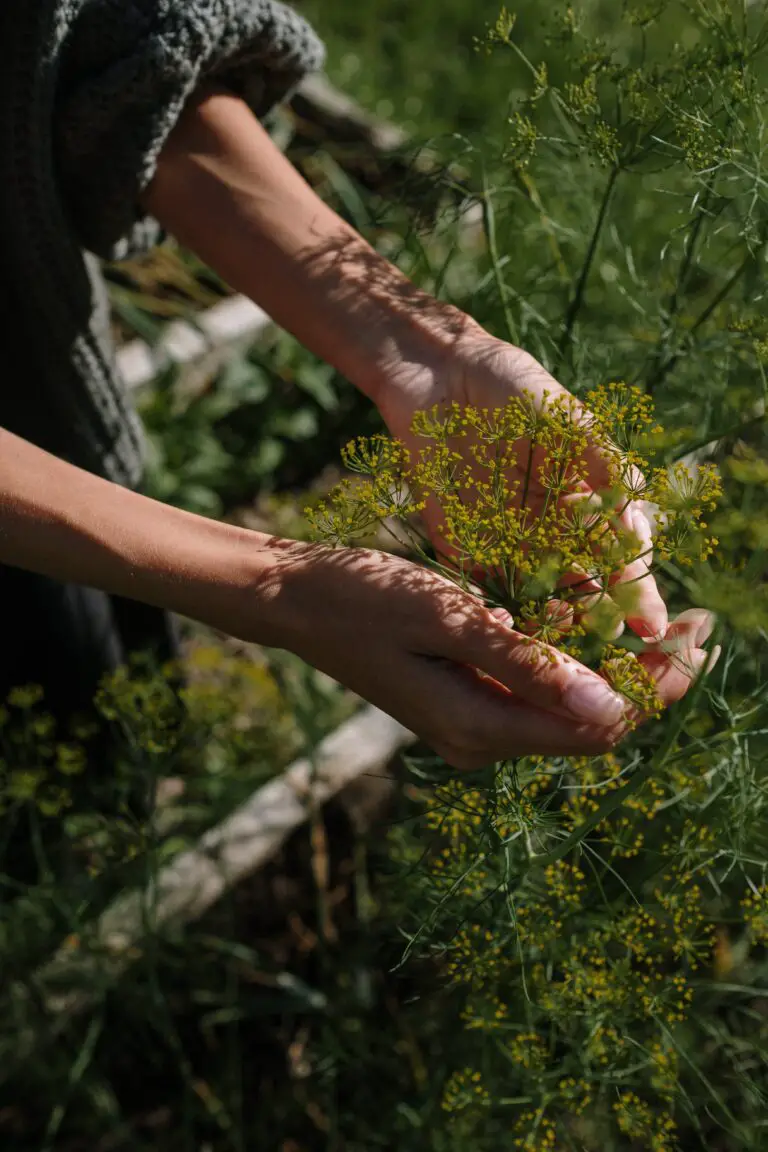
Remember that time when you felt out of place at a party? Crassula can relate when it comes to humidity. These plants are not fans of high moisture in the air. Think dry, think arid—that’s their jam. Shielding them from excess humidity will keep fungal woes at bay and ensure they’re living their best life outdoors.
Let’s wrap up with a real-life illustration. Consider the tale of Jane’s outdoor Crassula oasis. After shifting her potted Crassulas to a spot with optimal sunlight, adjusting her watering schedule, and remixing her soil, Jane witnessed a transformation. Her Crassulas started flourishing, their leaves reaching for the sky with vigor and vitality—proof that with the right conditions, these succulents can indeed thrive outside, turning your garden into an envy-inducing succulent sanctuary.
Optimal Outdoor Conditions for Crassula
Picture this: a sun-drenched patio with verdant Crassula plants basking in the warm glow. It’s not just a dream! With the right conditions, your Crassula can indeed live and thrive outside. So what does it take to make this a reality?
First off, sunlight is to Crassula what coffee is to humans—absolutely essential. These succulents yearn for a place in the sun, but not just any sun. Imagine the gentle morning rays that are kind to the skin; that’s what your Crassula craves. Six hours of indirect, filtered sunlight will have your Crassula doing the happy dance. Direct, harsh afternoon light? Not so much—it’s the equivalent of a sunburn waiting to happen.
Now, about quenching their thirst—watering practices for Crassula are somewhat of a tightrope walk. Too much, and their roots will protest; too little, and they’ll sulk. The trick is a watering routine that mimics a desert downpour followed by a drought period. Give them a generous gulp of water, then wait. Watch for the soil to completely dry out before the next watering session. Your Crassula will thank you with plump, hydrated leaves.
Speaking of soil, if the regular garden dirt were a mattress, Crassula would need the orthopedic kind. We’re talking about a well-draining mix that’s as light as a featherbed, allowing roots to breathe and water to escape like sand slipping through fingers. A concoction of potting soil with some gritty sand or perlite is the five-star accommodation your outdoor Crassula deserves.



Remember that time when you felt out of place at a party? Crassula can relate when it comes to humidity. These plants are not fans of high moisture in the air. Think dry, think arid—that’s their jam. Shielding them from excess humidity will keep fungal woes at bay and ensure they’re living their best life outdoors.
Let’s wrap up with a real-life illustration. Consider the tale of Jane’s outdoor Crassula oasis. After shifting her potted Crassulas to a spot with optimal sunlight, adjusting her watering schedule, and remixing her soil, Jane witnessed a transformation. Her Crassulas started flourishing, their leaves reaching for the sky with vigor and vitality—proof that with the right conditions, these succulents can indeed thrive outside, turning your garden into an envy-inducing succulent sanctuary.
Challenges of Outdoor Cultivation
In the quest to allow your Crassula to bask in the glory of natural sunlight, several outdoor elements unceremoniously remind us that Mother Nature plays by her own rules. Let’s dive into the issues that may have you second-guessing setting your succulent free from its cozy indoor confines.
Friend or Foe? Pests Galore!
Imagine a tiny army of pests, each with a relentless appetite for your green gem. Aphids, mealybugs, and spider mites can mount a full-scale invasion on your Crassula if left unchecked. Real-life scenarios depict a gardener’s horror as these minuscule marauders turn a lush plant into a withered shadow of its former self.
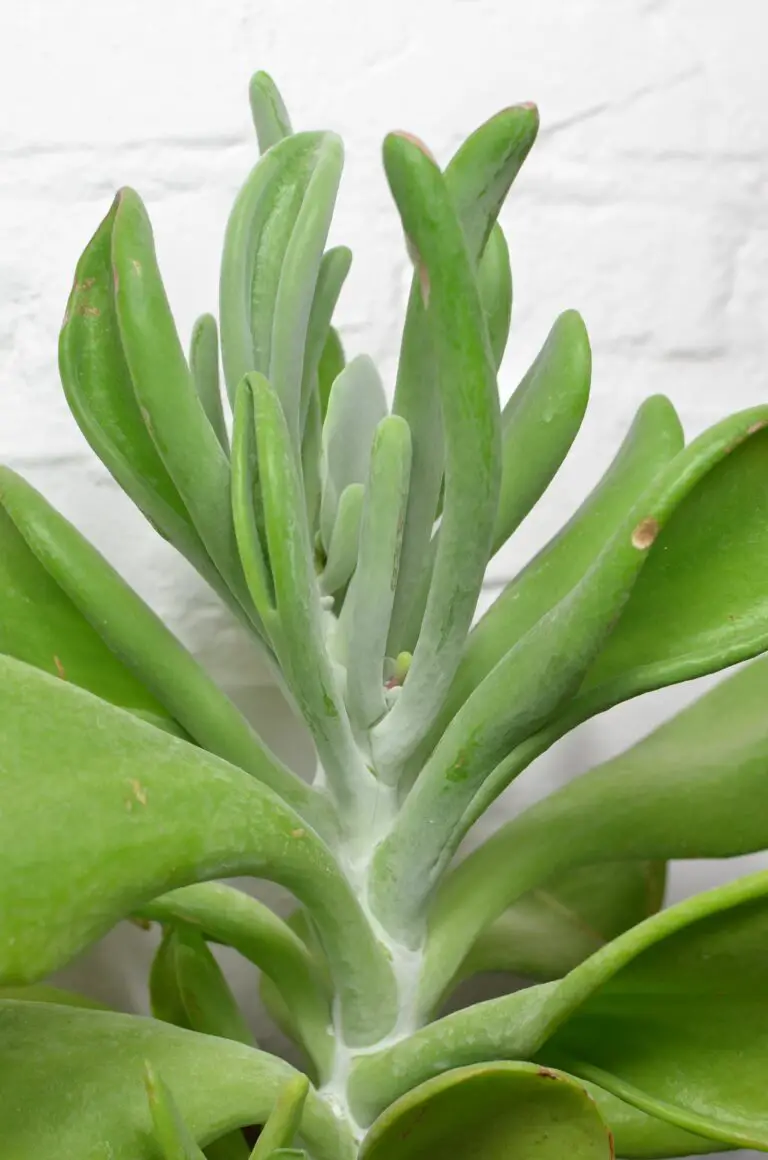

But fear not! Armed with insecticidal soap and neem oil, vigilant gardeners can turn the tide, repelling the pestilential hoards and restoring order to their green sanctuary.
The Disease Dilemma
Fungal infections and root rot can creep up silently, turning a vibrant Crassula into a drooping, discolored disaster. Imagine the heartbreak of discovering your prized succulent’s leaves sporting unsightly brown spots, a telltale sign of fungal betrayal. Regular inspection and ensuring well-draining soil are essential practices to prevent such unsavory outcomes.
When the Weather Outside is Frightful
Even the mightiest Crassula can falter when faced with the wrath of extreme weather. From frosty chills to blazing heatwaves, the outdoors offers a spectrum of climatic challenges. Anecdotes abound of succulents standing resilient against light frosts, only to succumb to an unexpected arctic blast. Then comes the scorching sun, eager to wilt and bleach the toughest of leaves.
Preventive measures like protective covers or moving your Crassula to a sheltered spot during extreme weather can help fortify it against the season’s harsh whims. By understanding and preparing for these challenges, not only can your Crassula survive, but it can thrive, flaunting its green glory for the world to see.
Crassula Varieties Best Suited for Outdoor Life
When contemplating the rugged beauty of Crassula succulents, gardeners often wonder, “Can a Crassula live outside?” The answer is a resounding yes! Certain Crassula varieties not only survive but also thrive under the open sky, their thick fleshy leaves basking in nature’s full glory.
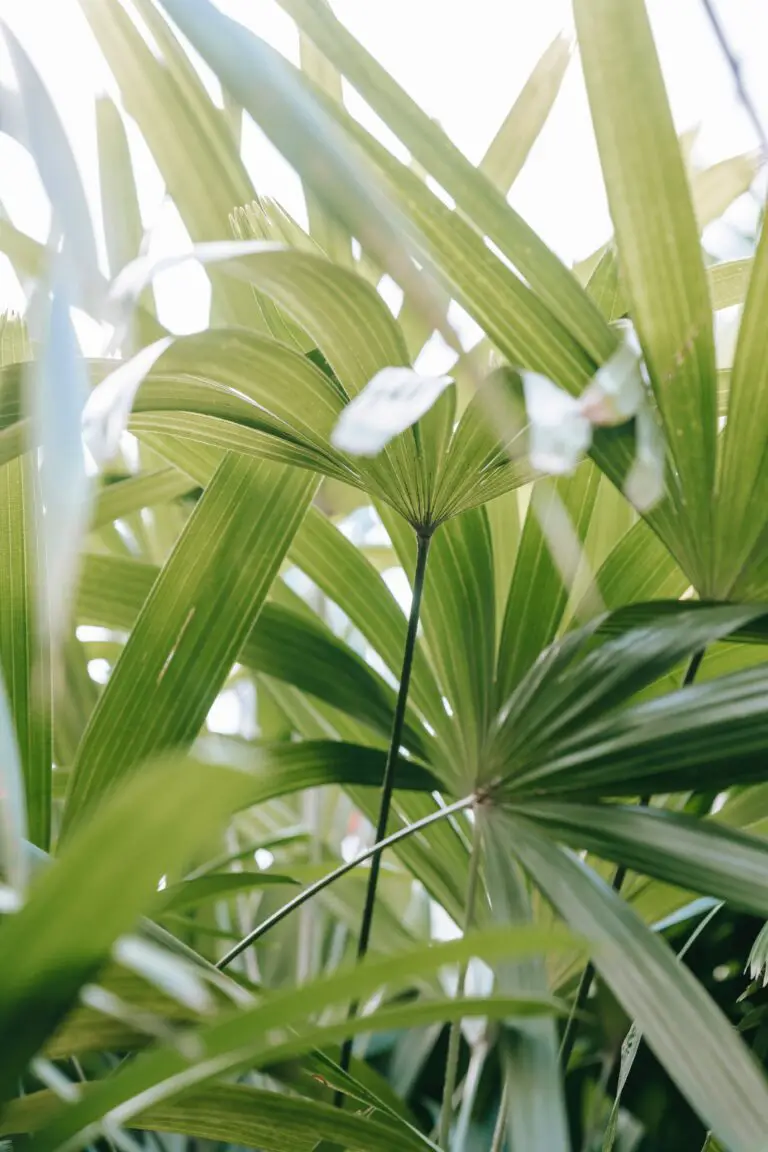

Take for instance the hardy Crassula ovata, commonly known as the Jade Plant. This robust succulent has earned its reputation as a perfect outdoor companion with its ability to withstand a variety of weather conditions. Imagine a thriving Jade Plant beside your garden path, its glossy green leaves and woody stems adding a touch of the wilderness to your outdoor sanctuary.
Another outdoor champion is the Crassula arborescens, or the Silver Dollar Plant. Its round, silver-hued leaves reflect the sunlight, creating a dazzling display that enhances any rock garden or arid landscape. Picture this silvery spectacle nestled among your outdoor potted plants, its moon-like discs glowing in the gentle dusk light.
For those seeking a touch of drama in their gardens, the Crassula ‘Campfire’, with its fiery red leaves, can be a spectacular choice. As the seasons change, watch this Crassula transform from bright green to blazing red, mirroring the warmth of a cozy campfire on a chilly evening.
Crassula varieties such as these are not just visually appealing but are also known for their resilience. They’re survivors, unswervingly facing the elements, whether it’s the intense midday sun or the occasional cold snap. In the right conditions, with well-draining soil and moderate water, they become not only surviving but thriving denizens of the great outdoors.
Eager to transform your outdoor spaces into a succulent haven? It’s time to consider these Crassula varieties as your plant allies. Each brings with it a unique texture, color, and form, creating a living tapestry that can withstand the elements and enchant your garden through every season.
Maintenance and Care Tips for Outdoor Crassula
Wondering if your Crassula can bask in the sun’s embrace outside? Let’s dig into the essentials of Crassula care in the great outdoors—a gardening adventure that invites resilience and splendor into your space. But remember, the key to a flourishing Crassula under the open sky lies in the golden trifecta of sunlight, watering, and temperature control.
First things first, Crassula plants are sun worshipers, but they don’t need to live in the desert to thrive. Place your potted friend where it’ll soak up plenty of indirect sunlight—a patio or a plant stand near the garden shed work wonders. Direct, scorching afternoon rays? Not so much. They’re like that one friend who loves a good tan but always forgets the sunscreen. Moderate morning sunlight, however, garners a thumbs up.
When it comes to hydration, your Crassula is much like that gym buddy who sips on water judiciously—not too much, not too little. Water deeply but infrequently, allowing the soil to dry between waterings. Picture this: after a summer thunderstorm, the ground drinks up every raindrop, then takes a breather. That’s the kind of refreshment your Crassula craves.


Temperature is another puzzle piece to perfecting the outdoor Crassula experience. Imagine you’re dressing for a day out—light layers for warmth without overheating. Crassula plants enjoy a similar approach, favoring temperate environments. Shield them from frostbite during winter; a cozy spot inside until spring is ideal. In the heat of summer, ensure they aren’t baking—think about that breeze you seek while lounging on your porch.
These gems are resilient and will often weather natural elements with grace. However, be cautious of extreme conditions. Should a torrential downpour arrive, consider moving your Crassula to a covered area. It’s your garden party, and while guests can dance in the rain, your Crassula might not be keen on soggy feet. Likewise, during a heatwave, your Crassula could use a vacation in the shade, perhaps near a reflective garden feature that provides ambient light without the sizzle.
With these care tips, watch as your Crassula becomes not just a plant, but a symbol of endurance and beauty, adapting to the dance of the seasons, right there in your garden. It’s a living tribute to your gardening prowess—so let’s step outside and turn that green thumb gold!
Real-Life Success Stories
When it comes to bringing the robust character of Crassula plants into the open air, the results can be as refreshing as a gentle breeze on a warm summer day. Crassula, the resilient and ever-charming succulent, often garners attention for its ability to thrive with minimal fuss. Yet the question remains: Can a crassula live outside? The answer is a resounding ‘Yes,’ echoed by a chorus of gardeners who have watched their Crassula plants not just survive, but truly flourish outdoors.


Take for instance Sarah from sunny San Diego—a succulent enthusiast who dared to transition her cherished Crassula ovata from the cozy confines of her apartment to her front yard. Sarah recounts how her initial trepidation gave way to astonishment as she witnessed her Crassula’s leaves perk up, embracing the golden California sun. “It was like watching my plant go on vacation and decide to extend its stay indefinitely,” Sarah muses with a smile.
Then there’s Martin in the Pacific Northwest, a region known more for its drizzles than droughts. Martin’s story defies the odds, showcasing a Crassula that adapted to the cooler, moister conditions. By providing a bit of shelter from the heavier rains and positioning the plant to catch the afternoon light, Martin’s Crassula became a verdant testament to the plant’s adaptability.
Nor should we overlook Jenna in Colorado, whose high-altitude garden poses a unique set of challenges. Jenna has become a bit of a local legend for the way her outdoor Crassula collection thrives amidst swift temperature changes. Her secret? Acclimating her plants slowly and ensuring they have excellent drainage to prevent root rot when the snows melt.
Each of these gardeners shares a common thread of patience and observation, learning to read the subtle signs of their plants’ needs. And in doing so, they’ve reaped the rewards of vibrant Crassula plants that turn heads and spark conversations. As these case studies demonstrate, with a little care and a thoughtful transition, Crassulas can indeed claim their place under the open skies, where they can bask in natural beauty alongside their cultivators.
Assessing Your Environment
Picture the scene: a sun-drenched patio where Crassula, the plucky little succulent, is basking in the glory of the great outdoors. But can this idyllic vision become a reality in your garden? Let’s embark on a journey to uncover whether your patch of green—or concrete—can play host to a Crassula’s outdoor escapade.
First things first, let’s talk temperature. Crassula, like a sun-seeking vacationer, thrives in warm conditions. If your local climate mirrors the Mediterranean more than the Arctic, you’re off to a great start. However, if you’re sporting icicles more often than sunglasses, you’ll need to consider sheltering your green buddy indoors during Jack Frost’s tenure.
Now, let’s consider the sun’s embrace. These succulents need a good dose of sunshine, but not so much that they’re reaching for the aloe vera. A spot that offers a mix of light and shade will keep your Crassula from throwing shade at you. Think: a place where it can soak up morning rays and chill out in the afternoon shadow—a perfect balance for a serene succulent life.
Let’s not forget about water, the elixir of life. Your outdoor space must drain faster than a sink in a home renovation show. Crassula can handle drought like a champ, but it certainly can’t swim. Ensure the area is well-draining to prevent your succulent from suffering a case of the ‘soggy feet.’


And what about the neighbors? Strong winds can be as pesky as that one neighbor who always “borrows” your garden tools. Protect your Crassula from gales that could toss it around like a salad. A sheltered spot, perhaps near a wall or within a garden alcove, could serve as a cozy windbreaker.
Finally, take a page from the Goldilocks playbook and seek out ‘just right’ conditions. Too hot, too cold, too windy—none will do. But find that sweet spot, and your Crassula will not just live but thrive outside, turning your outdoor space into a slice of succulent paradise.
With a keen eye and a bit of planning, you can create an environment where your Crassula can flourish in the open air. Get to know your outdoor arena, and you might just have the perfect setting for a succulent success story.
Frequently Asked Questions
Gardening enthusiasts often wonder if their lush, jade green crassula can bask in the glory of the great outdoors. And why not? Who wouldn’t want to showcase those fleshy leaves and robust stature for a touch of natural elegance to their external living spaces? Let’s dig into the nitty-gritty of nurturing Crassula outside.
When is the Best Time to Move Crassula Outdoors?
Timing is everything. To give your Crassula a fighting chance under the open sky, spring into action as the frost bids adieu. This succulent sage doesn’t just leap at any chance to sunbathe; it prefers a gradual transition. Imagine it’s taking baby steps out of its comforter into the dawning spring—the sweet spot when the days start to saunter into warmth.
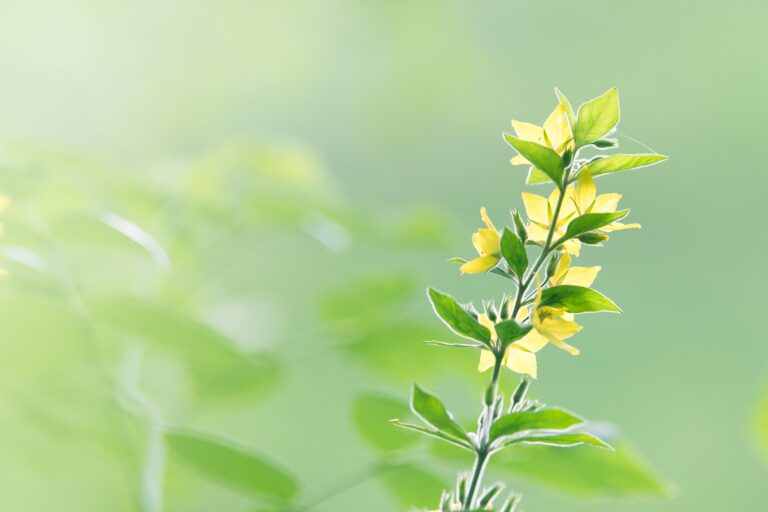

Handling Frost – A Cold Truth
Frost and Crassula? A chilling tale of caution. Pay heed to the whispers of the winter forecast. If it cries frost, act fast. Your Crassula deserves a knight-in-arming blanket or, better yet, a temporary refuge indoors. A brush with frost can turn those plump leaves into a sorrowful sag—best to be avoided.
Signs of a Crassula Not Adapting Well to Outdoor Life
No one likes rejection, and sometimes, the great outdoors doesn’t embrace your Crassula with open arms. Watch out for color change; a Crassula turning sunburnt red or sickly yellow sends an SOS. Dropping leaves or a sluggish growth are cries for help, signaling that your succulent pal isn’t singing in the rain but rather sending a mayday under the sun or suffering in silence during a cold snap.
Remember, each Crassula has its own story, much like us. It may thrive under the sky’s dome, or it may long for the cozy confines of the indoors. It’s a balancing act of tender care, vigilant monitoring, and learning to listen to the silent language of your leafy companion. Stay alert, stay informed, and may your Crassula live long and prosper—outdoors or in.



